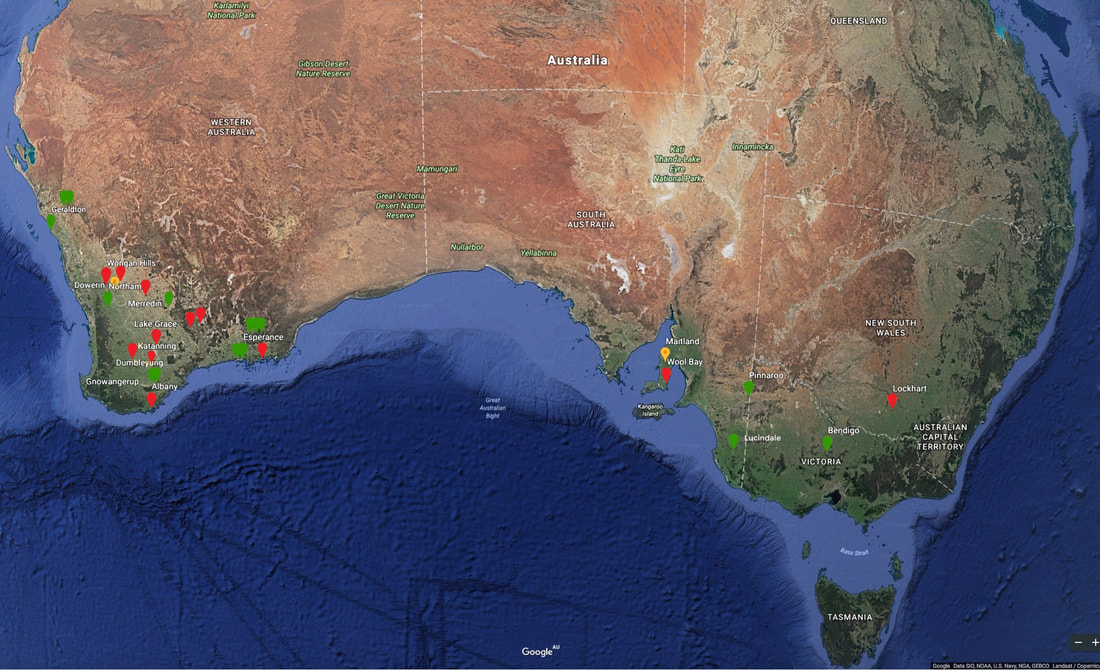During 2017 harvest there were many learnings and on balance, it was a successful one and a massive leap forward from 2016. The Seed Terminator's beat the living daylights out of billions of weed seeds across the country; 32 machines running successfully across 4 Australian states. Our Farmer Research Partners not only made a real difference to the sustainability of their farms, but they have played a huge part in developing our technology to assist the whole industry.
Our upgraded drive system worked really well, farmers noted that they didn’t notice power draw in canola and barley if the conditions were good. Long green canola straw presented an issue in some areas, if at times too much straw ended up in the mill hoppers. Harvester setup has a role in this, for example an internal chopper on a CASE machine throws straw better than an internal beater. We were able to implement a blockage sensor on one machine which proved quite effective. As the season progressed and the crops dried out, blockage issues disappeared. In the wheat and lupins, engine load was increased over barley and canola. Cutting wheat low to the ground to collect weeds requires a lot of power to thresh. Additionally, wheat produces a lot of chaff on the sieve and can contain a lot of short straw for the mill to process. 35 tonne/hour of wheat produces around 10 tonne/hour of chaff. Lupin pods on the other hand are just tough to process! Our farmers did note that the material coming out of the mill was highly pulverised and volunteer and weed seeds exiting the mill were like flour. This amount of pulverising ensures that there are no escapees in tougher conditions when the moisture is up, or the seeds are smaller, however it comes at a cost of additional load. Lesson 1 from harvest was that there is an opportunity to reduce the amount of pulverisation and the load on harvester.
In the middle stages of harvest, we started to notice that some machines had more mill wear than expected, particularly in sandy soil types. Low cut heights and undulating ground can result in sand entering the harvester and into the mill. Also rain can splash sand onto the lower part of the plant. This effect is so profound that we found nearby farmers cutting the 7-10cm height have twice as much wear as 15-20cm height. Clearly there is another compromise between cut height (and collection of seeds) and mill wear. On some machines, sand also gets sucked through the harvester fan, particularly machines with tracks.
"I have been asked, if the sand is entering the harvester then why isn’t my harvester wearing out? And the answer is all around tip speed. Nothing on the harvester has any where near the tip speed of the rotor which is around 330 km/h. At these speeds sand acts like a sandblaster, biting into the steel."
Lesson 2 from harvest was we need a resistant wear package for sandy regions. At harvest we managed to trial 3 different surface treating options with some good success but a lot to work on.
The harvest finished up and the team went straight to work on reducing power and increasing wear life. A lot of brain storming, some fundamental modelling, and lots (and lots) of prototype testing. In addition to these goals we have continued to develop our drive system. One season of testing is not enough to test long term reliability, so we are using accelerated life testing of components in the off season.
